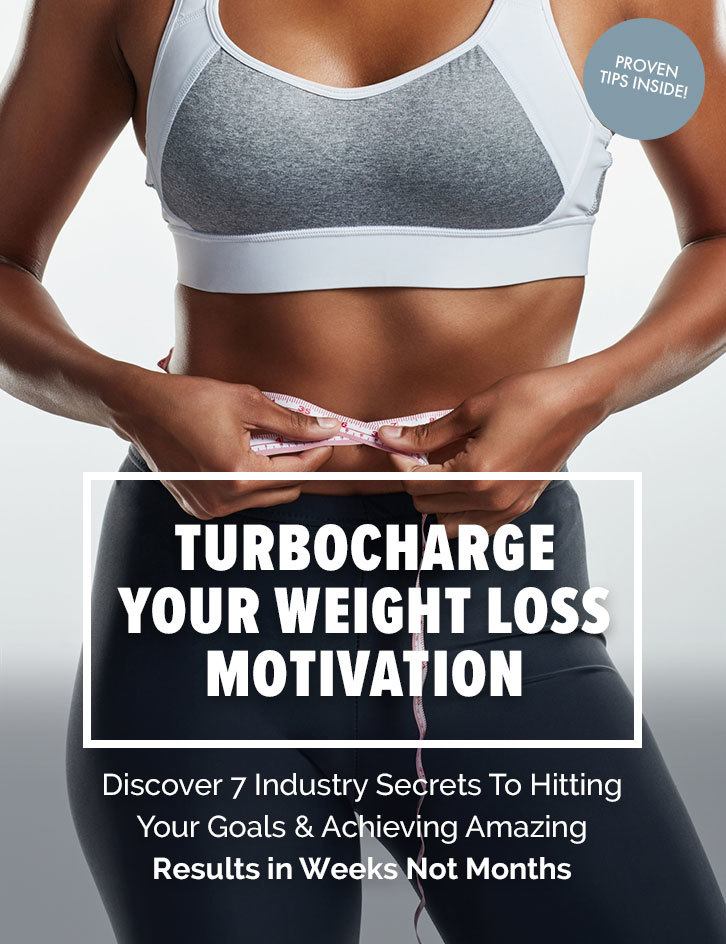Why Vitamin D?
By Marie Lynn Wheeler, Personal Trainer Red Deer at 360 Fitness
You’ve probably heard about the importance of having good amounts of Vitamin D, but you might be wondering why there is so much talk around this particular vitamin.Vitamin D has come to the forefront recently as a hugely important vitamin for the human body.The main source of Vitamin D is sunlight.If you work inside or live in a northern climate, chances are you are already deficient in this essential nutrient of our health. As the health benefits of Vitamin D continues to grow, running out and catching a few rays of sunshine isn’t always that easy. Here in the northern hemisphere the days of sunshine are fast diminishing and it’s time for Canadians to start looking elsewhere for their daily vitamin D fix.
Why do we need it?
Vitamin D is responsible for a lot of different processes includingbone health, calcium and phosphate concentration, reducing inflammation and regulating the proliferation and differentiation of cells. A deficiency in Vitamin D can lead tobone problems. rickets in children, osteoporosis, several different types of cancers and auto-immune problems. In the past, vitamin D was known to reduce the risks of osteoporosis, heart disease and Type 2 diabetes. Now there’s strong data to suggest it’s a formidable weapon in the fight against cancer.
How do we get it?
The first and perhaps most obvious source of vitamin D is the sun.Vitamin D is produced by your skin in response to ultraviolet radiation from sunlight. Your body cannot create vitamin D behind glass; UV rays are filtered through glass. You must be in direct exposure to sunlight!Make sure you are getting enough UV (sun) exposure for maximum absorption of vitamin D. Ideally, everyone would get about 15 minutes of UV exposure every day, exposing MOST of the body. However, this is not practical since most of us don’t live in sunny locations year round. When exposing the skin in the summer time, it is best to expose as much of the body as possible, other than the face and arms. Your legs and torso are great for making vitamin D. Make the most of your natural sun exposure and allow the larger parts of your body to be bare. UVB exposure, as opposed to UVA, is the ONLY spectrum of UV light which facilitates vitamin D production. Sun exposure has long been knocked down by the media and medical community as unhealthy. However, there is a reason that our skin tans. We were meant to be exposed to the sunlight, and our skin is equipped to handle some exposure, although some people do have better defenses against burning.Sunscreens hamper your ability to create vitamin D. Even the lower SPF sunscreens, such as SPF 8, reduce your body’s ability to generate vitamin D by 95%. It would require ten tall glasses of vitamin D fortified milk to get the minimum required daily intake of vitamin D into your system.
Even indoor tanning beds may have their proper use when it comes to therapeutic vitamin D exposure. Indoor tanning beds that emit more UVB rays may be of use for those that are indoors most of the time for long winters. It is important that one not over expose themselves to both the natural sunlight and the rays of an indoor tanning bed. You should never let the skin get anything more than the slightest pink tint, and use your ethnicity and past experience to gauge your UV sensitivity.
Did you know?
If you burn easily, consider supplementing your diet with lycopene, a key nutrient that is found in heavy concentration in tomatoes. Studies recently showed that those with high levels of lycopene had a much higher “internal sunscreen,” and burned much less easily, than those who did not take in a lot of lycopene. In fact, antioxidants in general may give your skin an edge against UV sensitivity and cut down on burning.
How can I get more vitamin D?
While UVB exposure is still the absolute best way to synthesize vitamin D, supplements are a secondary approach to making sure you get enough of this vitamin as well. When looking for a supplement, make sure you choose one that is encapsulated in an oil base. These oil based capsules are most likely better absorbed since vitamin D is fat soluble. The recommended daily intake of Vitamin D for people between 13 and 50 years old is 200 IU (International Units) and 400 IU for older people. It has been demonstrated however that this recommendation is much lower than the actual appropriate intake. The tolerable upper intake levels have been set to 2000 IU per day in Canada and the US.On the bright side, when you get your Vitamin D directly from sunlight, there are mechanisms that protect you from getting too much. If you decide to go with a supplement, you should be comfortable choosing one that contains from 2,000 IU to 5,000 IU.
Foods that naturally contain vitamin D include fish, fish oil, eggs, cheese and butter. There are also vitamin-D fortified foods, such as milk and milk alternatives, orange juice and breakfast cereals.
And that’s why….
So there you have it…A very brief overview of vitamin D and why it is essential to a healthy balanced lifestyle.So don’t forget to have fun under the sun frequently, supplement if necessary and to eat regular portions of vitamin D rich foods and you should be able to prevent any deficiencies and help reduce the risk of several health issues.
From 360 Fitness. Personal Training Red Deer at the Best Gym in Red Deer.



